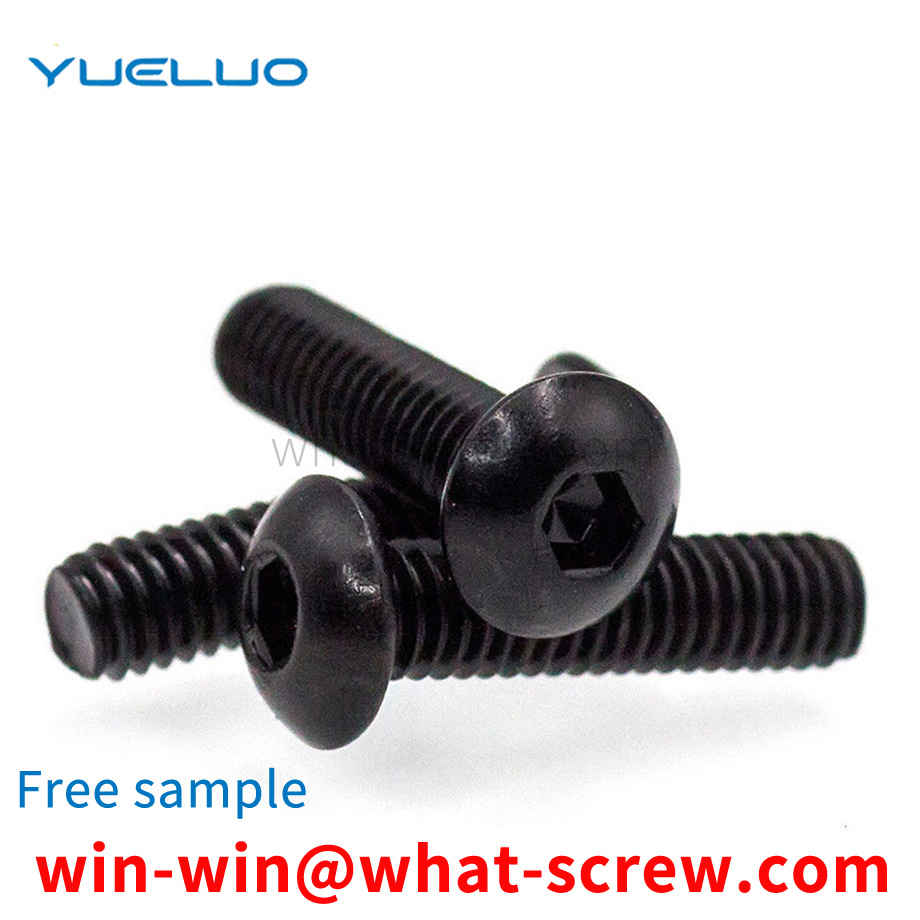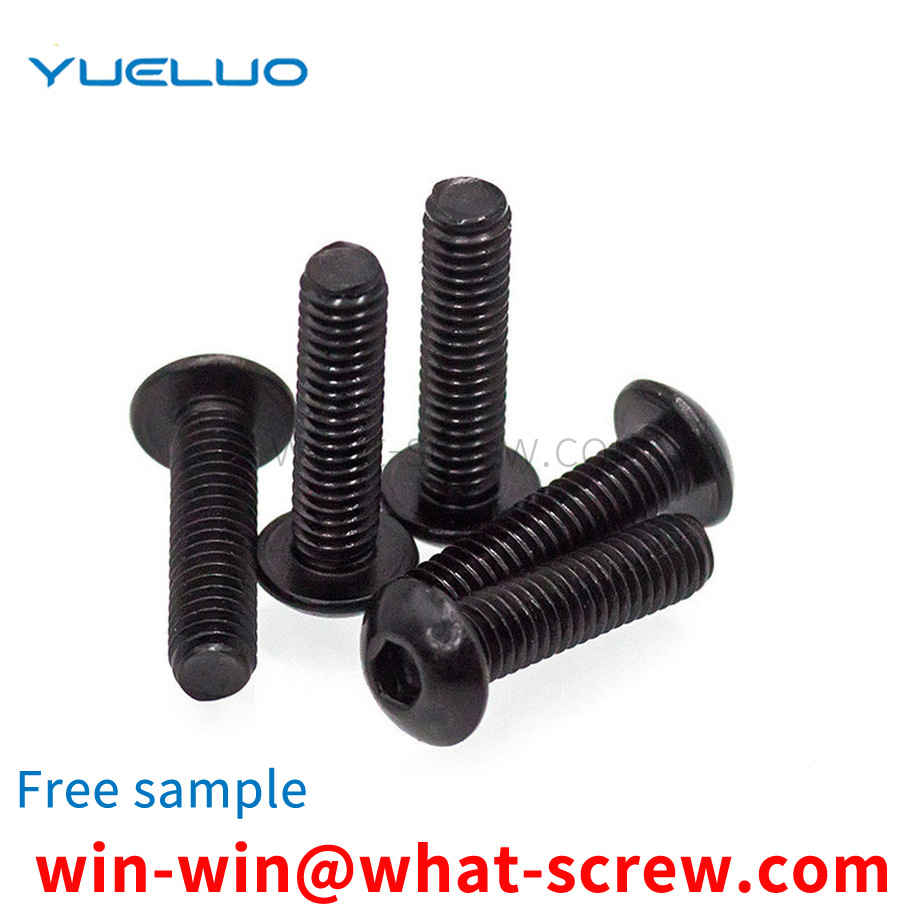The paint mixing mixer used for color matching in the auto repair industry uses a multi-link connection transmission as the main driving force. The transmission of torque has higher quality requirements for the impact resistance and fatigue resistance of the Portlandcotter pin. During the use of the Portlandcotter pin, it was found that the cracking phenomenon occurred due to insufficient strength, resulting in the machine not running. In the existing multi-link transmission mode of the paint mixing mixer, the connecting rod drives more than 10 paint pots in each layer of the frame to stir, and the bottom connecting rod is also responsible for the transmission of the torque of the upper connecting rod, which leads to the connection between the connecting rod and the connecting rod. The pins connected by the rods must have strong impact resistance and fatigue resistance, and must have a certain anti-loosening function.
Generally, the countersunk head is used in places where the surface is required to be smooth without protrusions, because the countersunk head can be screwed into the part. Round heads can also be screwed into parts. The tightening force of the square head can be larger, but the size is large. In addition, in order to meet the needs of locking after installation, there are holes in the head and holes in the rod. These holes can prevent the bolts from loosening when they are vibrated. Some bolts without threads should be made thin, called thin-waisted bolts. This kind of bolt is beneficial to the connection under variable force. There are special high-strength bolts on the steel structure, the head will be larger, and the size will also change. In addition, there are special uses: for PortlandT-slot bolts, which are most used on machine tool fixtures, with special shapes, and both sides of the head should be cut off. PortlandAnchor bolts, used for machine and ground connection and fixing, come in many shapes. PortlandPortlandU-bolts, as previously described. and many more. There are also special studs for welding. One end has a thread and the other end is not. It can be welded to the part, and the other side can directly screw the nut.
self-locking screw comprises a screw main body, a Portlandmetal screw head is arranged on the upper part of the screw main body, a thread is arranged in the middle part of the screw main body, an interference groove is arranged on both sides of the upper part of the screw main body, and the line of the interference groove is arranged. The included angle is 280-364° with the horizontal line. The bottom of the screw body is provided with an elastic chuck, and the elastic chuck includes an optical axis and a conical head. Guangdong Yueluo Hardware Industry Co., Ltd. Guangdong Yueluo Hardware Industry Co., Ltd. adopts the design of elastic collet, and the screw is provided with threaded segments and interference grooves, so that during the screwing process, the interference groove of the optical axis between the two threaded segments is formed along the screw. The axial elastic force achieves the effect of reliable self-locking, which is easy to use and has high tuning efficiency.
The general nut will loosen itself due to vibration and other reasons during use. In order to prevent this phenomenon, the self-locking nut was invented. The main functions of self-locking nuts are anti-loose and anti-vibration. For special occasions. Its working principle is generally self-locking by friction. The types of self-locking nuts classified by function include those with nylon rings, those with neck closures, and those with metal anti-loosening devices. They are all effective torque type lock nuts (refer to GB/T3098.9-2002 national standard)
There are many types of PortlandT-bolts used with pre-embedded chutes, which are used for the connection of external components of pre-embedded chutes embedded in segments, U-beams, building concrete, etc. The fixing of the chute on the forming die. When producing segments and U-shaped beams, the embedded chute is fixed on the forming mold by PortlandT-bolts. During the concrete pouring process, the tightening nut is easily covered by concrete. In this way, the concrete on the fastening nut should be removed, but it is difficult to remove the concrete, which will cause inconvenience to the disassembly of the forming mold after the production of the segment and the U-shaped beam.
We have many years of experience in the production and sales of screws, nuts, flat washers, etc. The main products are: cross flat head machine bolts, flange metal self-locking nuts, half round head pan head screws, stainless steel adjustable screws and other products, we can provide you with The right fastener solution for you.



















 Service Hotline
Service Hotline




